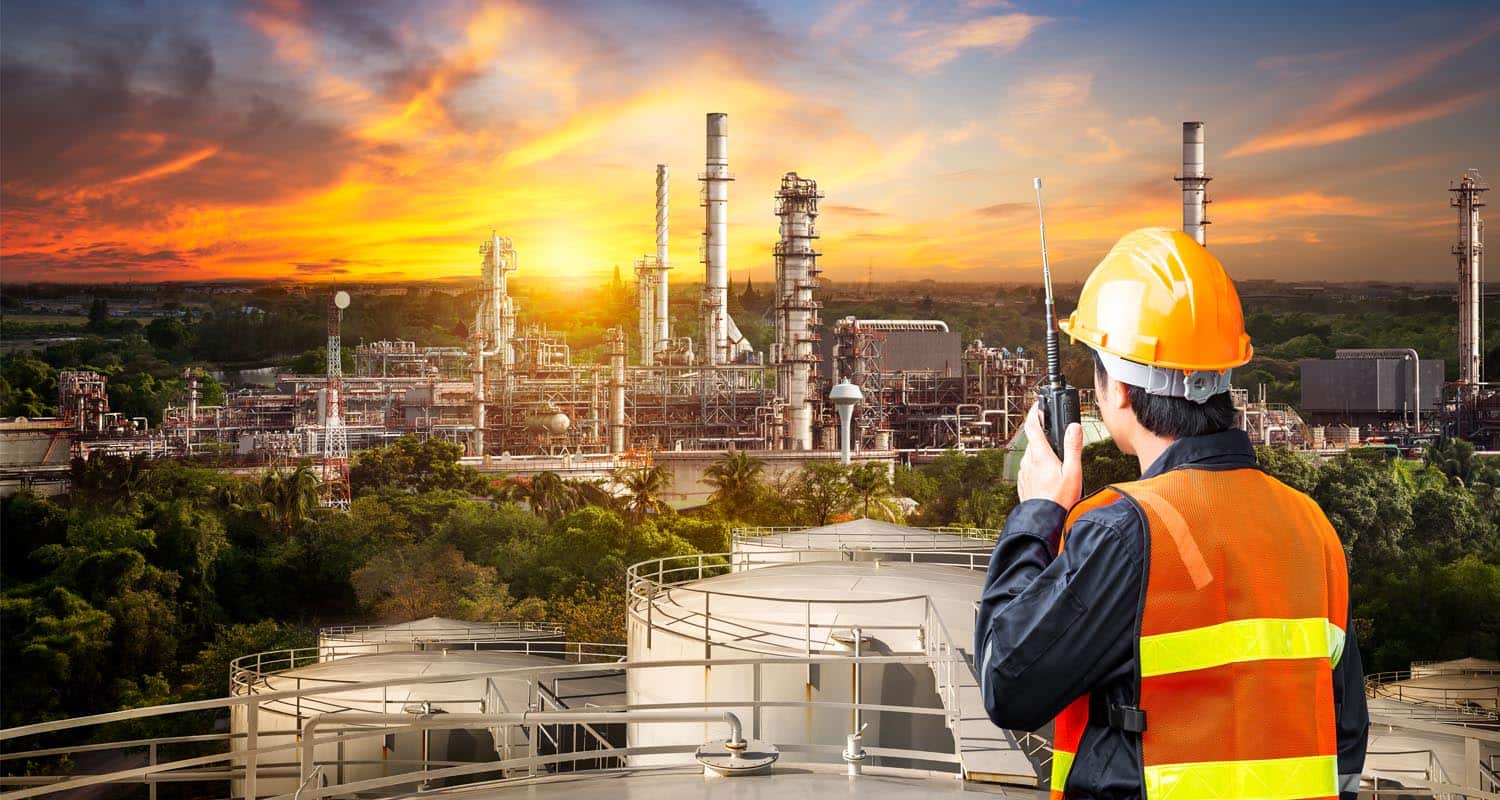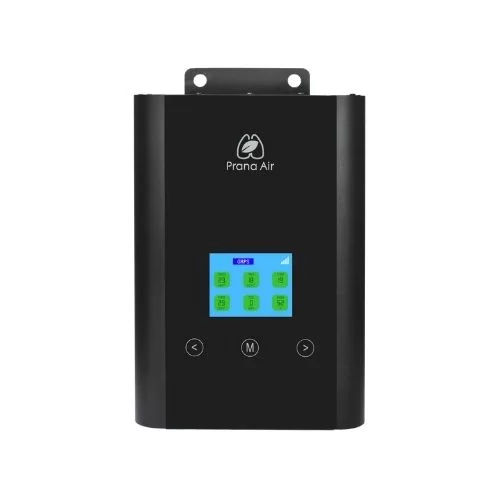
Oil and gas industry also referred as petroleum industry involves five different processes viz. exploration, extraction, refining, transportation and marketing. Oil tankers and pipelines are used to transport oil. Petroleum is used as raw material in chemical industry, pharmaceutical industry, fertilizers etc. The crude petroleum is refined and natural gas is processed into numerous products by petroleum industry.
Third largest energy & oil consumer in world is India. Oil and gas sector influences decision making for other crucial sections of economy. The primary energy demand in India is expected to reach almost double to 1,123 million tonnes stated by India Energy Outlook 2021 (IEO 2021). The GDP is also expected to reach USD 8.6 trillion by 2040.
India’s domestic refining capacity was 69.7 MMT and total installed refinery capacity was 249.9 MMT as of June 01, 2021. 35.29% of total refining capacity was owned by private companies in the financial year 2020. In December 2020, India became second largest oil refiner in Asia with the refining capacity of 259.3 million tonnes (MMT).
AIR QUALITY PROBLEMS IN OIL & GAS INDUSTRY
The largest source of tVOCs emissions in air is Oil and gas industry. tVOCs cause formation of ground level ozone. The ozone formed is higher during winters than in summers. Oil and gas industry increases the concentration of atmospheric carbon dioxide which causes the Green House effect. Most observed increase in temperature is due to human sourced Green House gases stated by Intergovernmental Panel on Climate Change (IPCC). When oil and gas are burned, they release air pollutants. The different processes involved in oil and gas industry release Sulfur dioxide, nitrogen oxides, carbon monoxide, carbon dioxide, particulate matter, total volatile organic compounds and hydrogen sulfide. The production of oil and gas can also lead to leakage sometimes which releases pollutants into the environment. The sources of air pollutants are process heaters, boilers and flares, Fluidized Catalytic Cracking (FCC) regenerators, claus or tail gas unit, storage facility and equipment leaks etc.
Carbon Dioxide (CO2):
Combustion sources in oil and gas industry release carbon dioxide. Major carbon dioxide sources are engine exhaust, turbines, fired heaters, gas flaring, well testing and oil recovery operations. Carbon dioxide is a Green House gas and its increased concentration increases the carbon footprint.
Carbon Monoxide (CO):
Combustion sources such as process heaters, boilers and flares release small amount of carbon monoxide in air. Inhaling CO causes CO poisoning and hinders with oxygen-heamoglobin binding.
Sulfur Dioxide:
Furnaces, boilers, gas turbines, FCC unit regenerator, sulfur recovery unit and flare system are potent source for sulfur dioxide emissions. 69%, 7%, 10%, 9% and 3% of sulfur is emitted out of total emissions by process heaters & boilers, FCC (CO boilers), sulfur recovery, flares and other sources respectively.
Particulate Matter (dust):
These particles are very small in size and are released from various process units in oil and gas industry. Process furnaces, boilers, FCC and Carbon monoxide boilers, process heaters are major sources for particulate matter release. The release of PM depends on dust catching equipment, maintenance of equipment, type of fuel, design of burner, oxygen concentration etc.
Nitrogen oxides (NOx):
NOx increases ozone concentrations at high altitude. The oil and gas industry have various processes causing NOx release in environment such as process furnaces, gas turbines, boilers and FCC regenerator. 63%, 16%, 11%, 10% of nitrogen oxides is emitted out of total emissions by process heaters & boilers, FCC (CO boilers), engines for pumps and gas turbine & combined cycle system respectively. The emissions depend on the type of fuel, fuel nitrogen, hydrocarbon content, combustor equipment design, oxygen concentration and operating temperature conditions.
Total Volatile Organic Compounds (tVOC):
tVOCs when combine with nitrogen form ground ozone. This is also known as smog. Leakages from valves, pumps, flanges, waste water collection and treatment systems, storage tanks, loading & unloading systems and fugitive emissions are sources of tVOC in oil and gas industry.
Air Quality Solutions For Oil & Gas Industry
Air Quality Monitor
Prana Air’s monitors have different sensors. The monitor identifies thermal (temperature & humidity), Particulate Matter (PM 10, PM 2.5, PM 1), total Volatile Organic Compounds (tVOCs), carbon dioxide, Noise and toxic gases (carbon monoxide, sulfur dioxide, nitrogen dioxide and hydrogen sulfide) parameters.
Ambient Air Quality Monitor
The device is installed with special sensors that continuously monitor the concentration of air quality parameters like temperature, humidity, SO2, NO2, tVOC, H2S CO PM 10, PM 2.5, PM 1 in an ambient environment. It monitors the key parameters in Real-time that are in sync with LEED, WELL and ASHRAE. It is cost effective and easily portable.

Get In Touch With Us
Contact us for more details about the air quality solutions.
Drop a message


